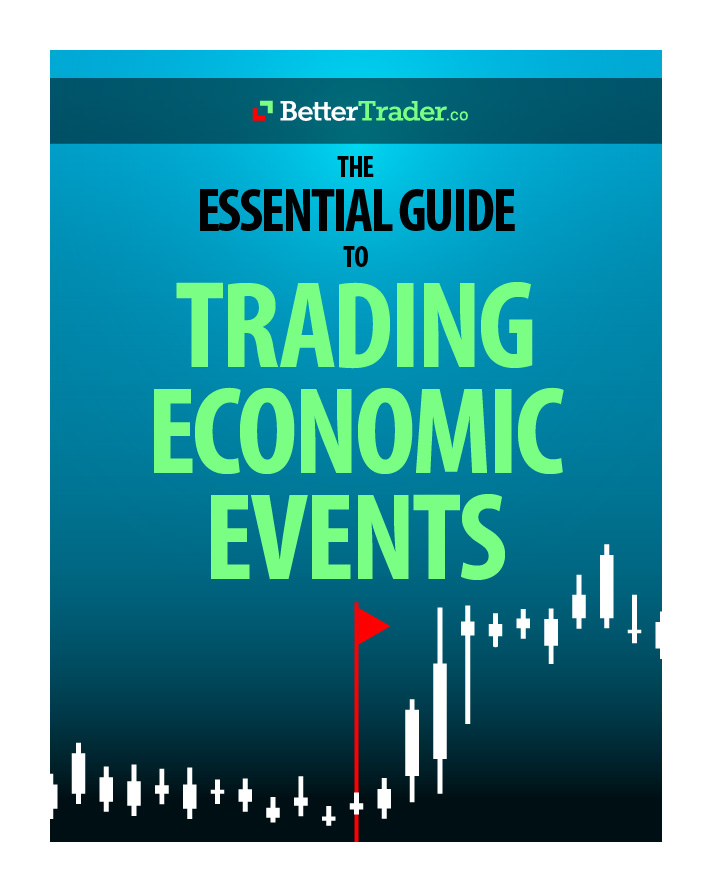How much money should I actually trade?
The honest answer- only as much as you are comfortable with losing.
The truth is that the majority of traders do not make money. This is not because the financial markets are skewed so that only the extremely rich and knowledgeable succeed. Rather, it is due to a lack of understanding, and fictitious expectations of what trading is like. Being a trader is not just learning a specific set of moves and responses for reactions in the market. It requires one to be constantly learning, absorbing new material, and learning from others, as well as from your own mistakes. The majority of successful traders have lost money and have had losing periods at some point in their careers.
Do not put in more money than you are comfortable losing, believing that you are bound to make some good decisions. Most people who go from beginners to professionals progress with patience and typically keep their day-jobs before they find sustainable methods and achieve consistent returns and focus on day-trading full time.
Start with a Demo Account
For those interested in entering the markets, the first step is to educate yourself on which market is the best fit for you. Then, research the vocabulary, tools, and skills needed to thrive within that field. Before putting your real hard-earned dollars into the market, it is best to use a demo account to practice your strategies and tweak them. BetterTrader offers a free demo account that is risk-free, and is directly partnered with many of the official brokerage accounts. Using the demo account for a few months and proving your strategy to be feasible and successful in the markets will heavily reduce the risk you have when you eventually implement your strategies to trade in the real markets.
Size of Trades
Once you get into the market, you need to be wary about the risk you are putting into your trades. Too many large investments with low probabilities of panning out to be successful can quickly tank a portfolio or any hopes of making money. Typically, the “1% rule” is the consensus way for new traders to act. This means that they only risk 1% of their total account size in any given trade. Even many professional, experienced traders adhere to this rule, as it acts as a hedge for potential losses. Similar to the phrase, “don’t put all your eggs in one basket,” limiting the percentage that any given trade takes in your portfolio allows for diversification and more opportunities for capital gains.
Summary
The only minimum that you need in order to start trading is the legal or broker mandated amount. However, the amount you actually trade should only be up to how much you are comfortable with losing. Education is the first and most important step. Learning the fundamentals will give you the foundation you need to trade in the forex, futures, options, and stock markets. Afterward, spend some time testing your ideas, strategies, and methods through using the free BetterTrader demo account. Know yourself and your own risk tolerance before engaging in any real trading, and make decisions based on analysis and reasoning, rather than emotional or rash ideas.
A bit about BetterTrader:
Better Trader provides the best analysis that interprets economic event releases and market movements into actionable insights in real-time. The company was created by traders with experience on the world’s biggest exchanges, and will help you achieve your trading goals. BetterTrader helps traders at all levels and in all markets, with the company specialization being in Forex and Futures markets. For those who have time commitments, the BetterTrader mobile app is perfect for on-the-go news regarding economic events, essential times and dates, and recommended trades that result in substantial gains.














